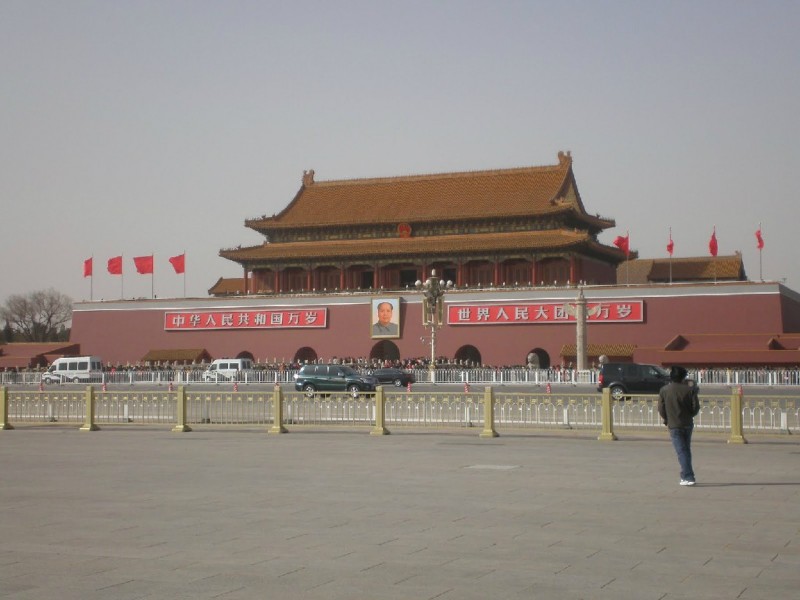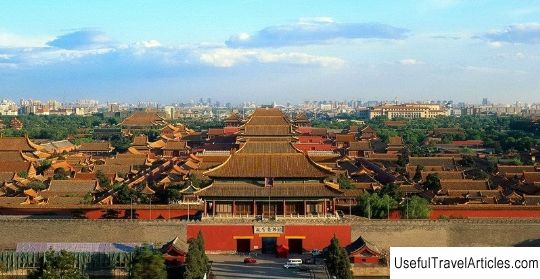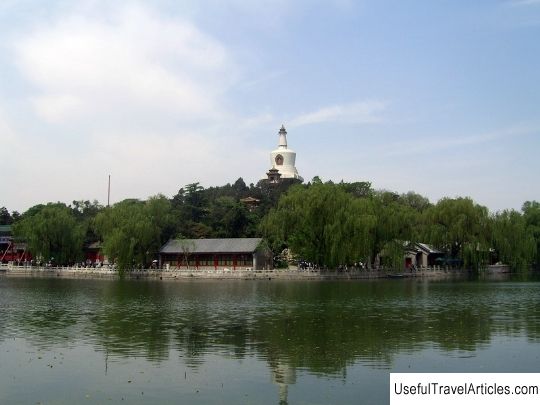Gugong Imperial Palace (”Forbidden City”) in China, Beijing Resort
Rating: 9,7/10 (5236 votes)  This palace is located in the heart of the capital of China. It is surrounded on all sides by a high wall with four towers at the corners. Here for 500 years, from 1420 to 1911, 24 emperors of China lived and ruled. Gugong began to be built under Emperor Zhu Di. Its construction lasted 14 years. The palace is made of wood and has repeatedly suffered from fire and has been restored, but its appearance has hardly changed. Now there are about 9 thousand buildings. There are two main parts in the Forbidden City - outer pavilions and inner residences. Behind the gates of the palace are the pavilions of the Highest Harmony, Perfect Harmony and the Preservation of Harmony. These pavilions were essential for important court and state ceremonies. In the north parts of the pavilions are Kunningong, Jiaotaidian and Qianqingong. They were intended for family celebrations. Gugong is the greatest collection of Chinese crafts and arts from the Middle Ages. It is also an example of architecture of that time - thousands of architects planned and created this great structure. The richest treasury of the palace contains many cultural monuments - from the Shang and Zhou dynasties (16th century - 771 BC) before the Qing Dynasty (1644-1911 AD). In the palace, you can see ancient examples of colored ceramics, jade products, bronze items, funerary statues of warriors and their horses during the reign of Qin Shihuang, calligraphy works, painting, carving on bamboo, ivory and wood, embroidery, porcelain, stationery and many others. objects and everyday life and products of Chinese applied art of those times. About 10 thousand items are valuables of national importance. During the war with Japan, in order to avoid looting by the Japanese, many monuments and valuables were taken from Gugong to the south, in particular to the island of Taiwan. In total, about 600 thousand exhibits were taken out. Now all of them are exhibited in the Taipei Museum. Every day a huge number of tourists flock to the palace, although in ancient times it was almost impossible to get into it - it was not for nothing that it was called the Forbidden City. Gugong is a symbol not only of Beijing, but also of China itself, along with the Great Wall of China and other monuments.   We also recommend reading Great Bell Temple in China, Beijing Resort Topic: Gugong Imperial Palace (”Forbidden City”) in China, Beijing Resort. |




